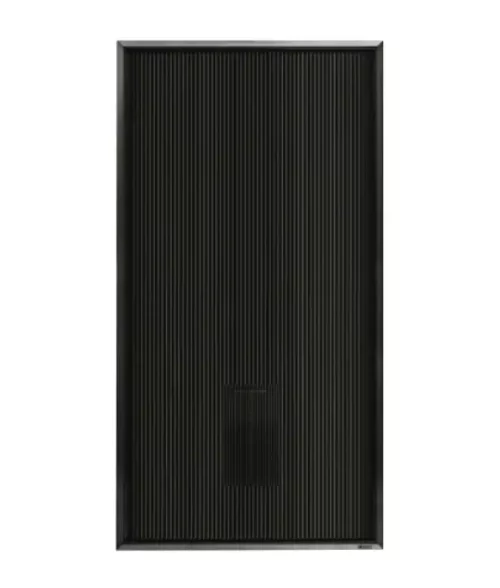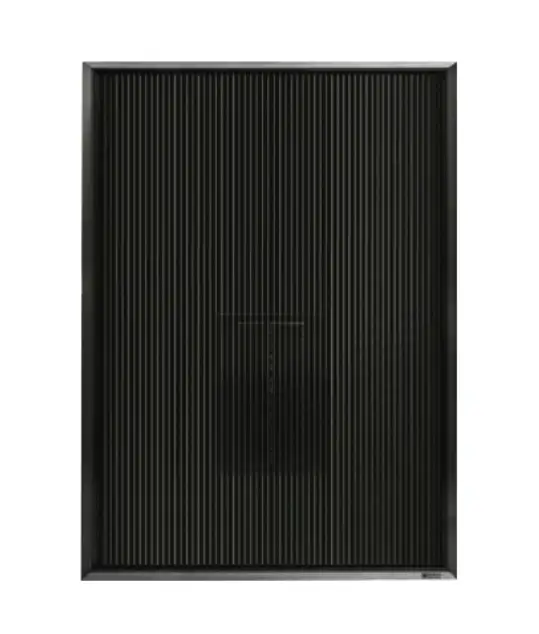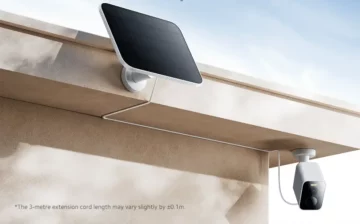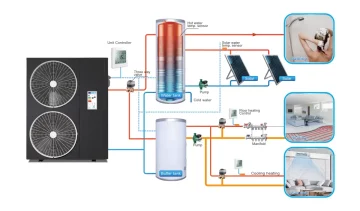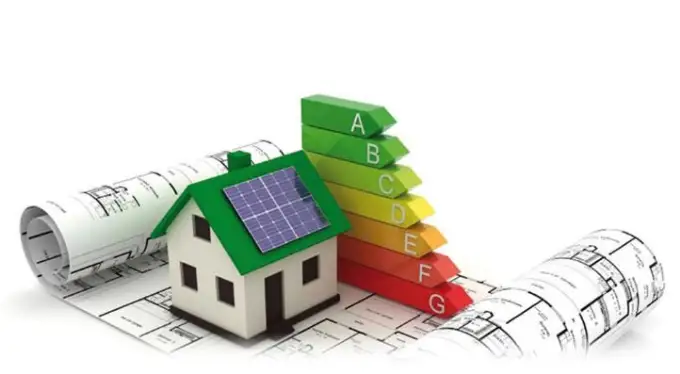Humidity in the attic and how to eliminate it
It is impossible to maintain optimal humidity in the attic without creating good ventilation. Excess moisture in the air leads to condensation, mold, rapid deterioration of furniture and finishes, and an unhealthy microclimate. According to the current building regulations, the humidity standards in the attic range from 65% to 75%. These are the most comfortable conditions for a person. However, excess moisture is dangerous not only for well-being – because of it, the performance of the entire house is significantly reduced.
Causes of excess moisture in the attic
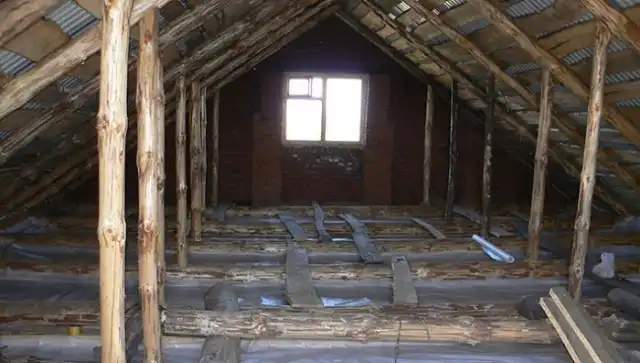
Condensation and moisture in the attic appear for the following reasons.
- Violation of natural ventilation and lack of supply and exhaust systems.
According to physical laws, warm and humid air from all over the house accumulates under the roof. Natural ventilation cannot cope with full-fledged air exchange between the room and the street due to high weather dependence. Warm exhaust air masses stagnate in the attic, walls, and furniture begin to absorb excess moisture, or it falls out in the form of condensate due to the daily temperature difference.
- Roof waterproofing issues.
Problems with roof waterproofing also lead to excess moisture in the attic. If it is not made according to technology or is worn out and needs repair, during rain or snowmelt, water from the roof enters the attic. Raw stains appear on the ceiling, and drops flow down the corners and between the wall panels.
After finding out the causes of dampness in the attic, it is necessary to begin to eliminate it since excess moisture leads to a number of serious problems.
Problems due to high humidity
Excess moisture in the attic leads to undesirable consequences.
- Violation of a healthy microclimate.
Stale moist air is the ideal condition for the development of pathogens. - The appearance of mold.
The fungus also loves dampness – mold colonies actively begin to grow on the walls and ceiling. It releases substances that are toxic to humans, and its spores cause the development of chronic diseases. - Roof destruction.
Constant contact with water causes roof corrosion – metal elements become rusty and lose their strength. - Sagging (or collapsing) roof.
Wooden beams are the first to suffer. They absorb excess moisture in the attic and begin to rot. After a while, rotten wood simply breaks under the weight of the roof. - Wet insulation.
The heat-insulating layer (especially if it is mineral wool, basalt slabs, or other vapor-permeable materials) absorbs excess moisture. This at times increases the coefficient of thermal conductivity and the house begins to lose heat. As a result, the attic gets colder, the roof freezes through, and more energy is spent on heating the premises.
To avoid such problems, it is necessary to maintain the humidity in the attic at an optimal level.
How to normalize the humidity in the attic?

To maintain humidity levels in the attic, it is enough to eliminate roof leaks and create effective ventilation in the room. Since natural ventilation cannot cope with full air exchange, it is recommended to install a forced circulation system.
Air ventilation systems have proven themselves well. They deal a double blow to excess moisture in the attic: firstly, they eliminate musty air masses, and secondly, they additionally dry the room. The equipment works as follows: the device takes in fresh outdoor air, heats it (excess moisture is removed during the heating process), then pumps it into the rooms. At the same time, the exhaust valve starts to work, which removes the exhaust air from the room. A constant circulation is established, and the problems of condensate and dampness can be forgotten forever.
However, there is also a fly in the ointment here. Such systems consume a large amount of electricity and often require a separate power line to connect them. Devices are expensive in themselves, and electricity consumption can increase many times over. Therefore, many homeowners choose alternative methods to eliminate moisture in the attic. For example, using solar energy.
Inexpensive elimination of condensate and moisture in the attic
Solar equipment works on the same principle as electric dehumidifiers, the only difference being that they do not waste irreplaceable energy resources. Devices are installed on the sunny side of the house or on the roof, installation is simple and does not require complex preparatory work, or the creation of project documentation. Ease of installation is another advantage of solar equipment.
The devices do not require an electrical connection and automatically turn on every time the sun hits the panel. They heat, filter, and blow fresh air into the attic room, keeping it circulating. Normal humidity and a healthy microclimate are established in the room, and unpleasant odors are eliminated.
The use of solar energy equipment does not burden the family budget, it allows you to create a ventilation system that is not dependent on electricity or fuel supplies. At the same time, the humidity in the attic will be maintained at an optimal level, in accordance with sanitary and hygienic and construction requirements.

